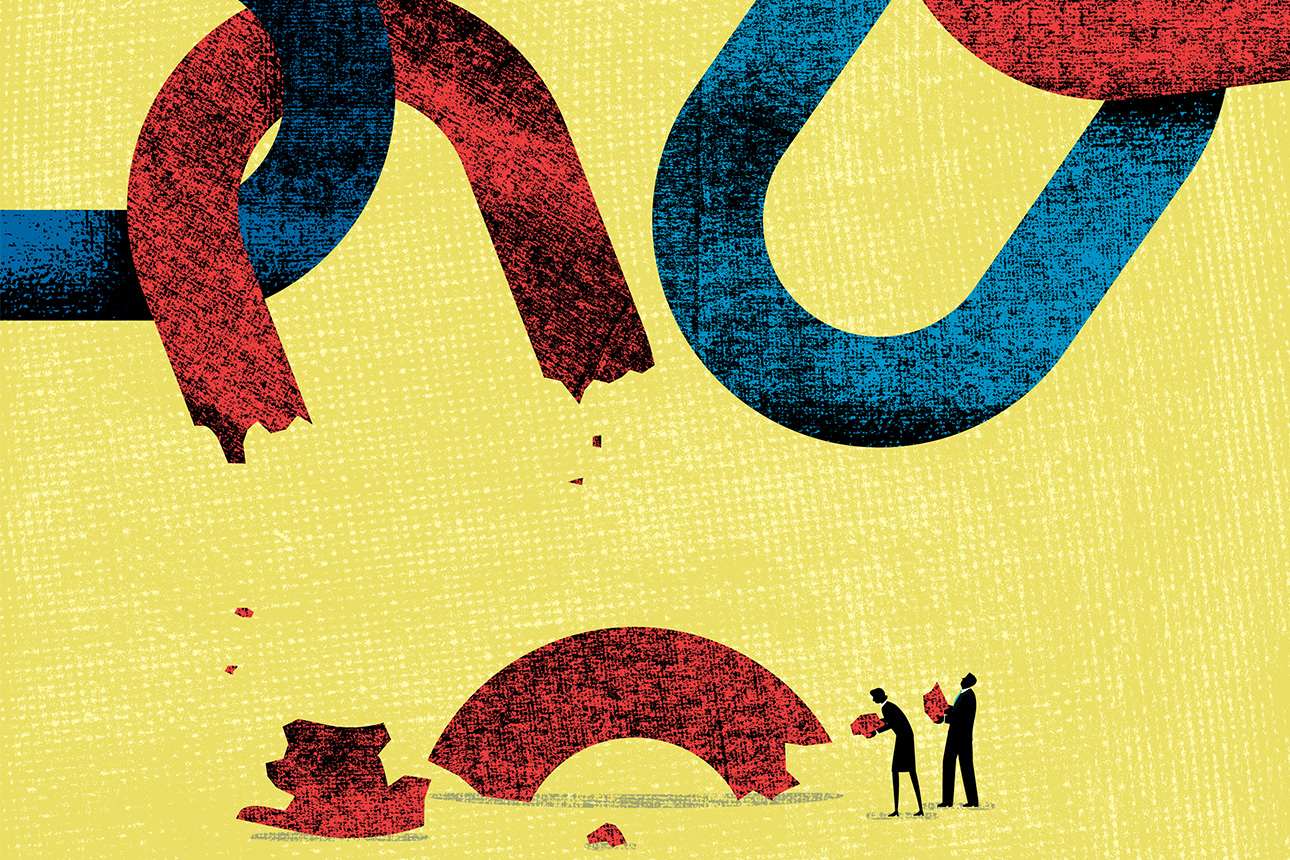Learned a lot lending an editorial hand here:
MIT Sloan Management Review, November 29, 2022
by David Weitzner

Making business decisions that are both ethically and strategically sound has always been incredibly tricky. Leaders are called upon to act in a manner that is consistent with their personal values, builds solidarity and trust among diverse stakeholders, enhances their company’s reputation, and prevents scandals, while also being mindful of the bottom line.
This leadership challenge is getting ever more complex. Investors are measuring companies against environmental, social, and corporate governance (ESG) indexes. Employees are demanding extensive diversity, equity, and inclusion (DEI) commitments. And customers want to buy brands that are tied to strong corporate social performance (CSP).
As counterintuitive as it might seem in the burgeoning ethical complexity of ESG, DEI, and CSP, a few companies have found that when it comes to ethics, simpler is better. They meet the demands listed above by rejecting the notion that ethics are necessarily complex. They refuse to abdicate their ethical responsibilities; they craft value propositions that do not lean on social value initiatives to obscure or distract from how the company creates financial value; and they are transparent about how they do business with all stakeholders. Read the rest here.
Tuesday, November 29, 2022
Three Ways Companies Are Getting Ethics Wrong
Posted by
Theodore Kinni
at
8:28 AM
0
comments
![]()
Labels: articles to ponder, corporate success, DEI, ethics, sustainability
Tuesday, November 15, 2022
In search of clarity
strategy+business, November 15, 2022
by Theodore Kinni

I’ve never envied CEOs for the hard decisions they must make. There are the career choices that threaten their work–life balance and families, and the strategic decisions that put companies and employees at risk. And increasingly, there are a broad range of ethical conundrums related to social justice and equity, political ideology and conflict, and environmental sustainability.
The inherent difficulty of crafting responses to such events is compounded by a couple of conditions. There’s the mantle of power and authority that can make some top leaders reluctant to reach out for help for fear of revealing their vulnerability or appearing indecisive or uninformed. There is the issue of trust, too: even in the most collaborative corporate cultures, senior management team members and other executives have their own agendas and ambitions that can skew their advice to the CEO.
Clearness committees offer leaders a way around these obstacles and through their most difficult decisions. The concept is rooted in the values of the Quakers, the Protestant sect that emerged in England in the 17th century. It has been adapted for a more secular context in the past half-century or so, a process in which Parker J. Palmer, cofounder and senior partner emeritus of the South Carolina–based Center for Courage & Renewal, was instrumental. Read the rest here.
Posted by
Theodore Kinni
at
11:29 AM
0
comments
![]()
Labels: decision making, leadership, strategy+business
Wednesday, November 9, 2022
Environmental Risks Go Far Beyond Climate Change
Learned a lot lending an editorial hand here:
Boston Consulting Group, November 9, 2022
by James Tilbury, Adrien Portafaix, Rebecca Russell, and Fabien Hassan

Just as investors and other stakeholders now expect companies to reduce greenhouse gas emissions, soon companies will be expected to report and act on a much broader range of nature-related risks. These risks encompass a host of environmental and ecological impacts connected to $44 trillion in economic value generation, or nearly half of the total global GDP, according to the World Economic Forum. Nature-related emergencies—from natural disasters to the extinction of a growing number of plant and animal species—will be business emergencies, too. That is why companies must plan for the coming nature transition now.
Managing and mitigating nature-related risks will require a much wider lens than most companies have adopted to date. There are nine planetary boundaries that span our world—the land, sea, and atmosphere—and the life that it supports. Planetary boundaries are the boundaries that humans must stay within to maintain a stable environment and decrease the risk of irreversible environmental change.
The planetary boundary that many are familiar with is climate change, but it is important to note that climate change is one of nine, with the others being biosphere integrity, land-system change, novel entities (such as toxic substances), freshwater change, stratospheric ozone depletion, atmospheric aerosol loading, ocean acidification, and biochemical flows.
It is only when all nine planet boundaries are taken together, that companies can begin to evaluate their exposure to nature-related risks. To do that effectively, business leaders will need to adopt a mindset of “double materiality”—that is, they will need to think through how business activities may impact each of the boundaries and, as crucially, how each of the boundaries may impact business performance.
Although some companies have greater exposure to environmental and ecological degradation and collapse than others, the leaders of all companies need to adopt a more comprehensive approach to nature-related risks. As with climate change, customers, employees, and governments will demand it. In addition, investors will require it, especially large investors with diverse portfolios that are particularly vulnerable to the systemic threats arising from natural disasters and ecosystem collapse. Read the rest here.
Posted by
Theodore Kinni
at
7:22 AM
0
comments
![]()
Labels: climate change, risk management, sustainability
Monday, November 7, 2022
Get Ready for the Next Supply Disruption
Learned a lot lending an editorial hand here:
MIT Sloan Management Review, November 7, 2022
by M. Johnny Rungtusanatham and David A. Johnston

Michael Austin/theispot.com
The COVID-19 pandemic has ushered in an era of supply chain disruption and unpredictability that has severely challenged many companies’ planning and processes, and revealed how far prevailing practices are from the ideal. An MIT Center for Transportation and Logistics poll conducted online at the onset of the pandemic revealed that only 16% of organizations had an emergency response center — an established best practice for mitigating and recovering from unplanned interruptions in the physical flow of goods.
Unsurprisingly, given the pandemic’s disruptive effects, the same poll found that the highest ambition of supply chain managers was to bolster their risk management protocols and tools. The problem with crisis-driven supply chain initiatives that are focused on protocols and tools is that they are only as effective as the ability of the organization to use them. Having that ability requires the systematic development of capabilities to manage for supply disruptions. These capabilities are combinations of people, policies, processes, and technologies that ensure companies can not only plan for and respond to known business and operating risks but also — and more importantly — manage unknown-but-knowable threats and their associated consequences.
We’ve identified six capabilities that fill this bill: anticipate, diagnose, detect, activate resources for, protect against, and track threats. Together, they constitute the ADDAPT framework, which is based on our research into how public agencies and private enterprises experience and respond to supply disruptions like the COVID-19 pandemic. In medicine, pathology is aimed at understanding the causes and effects of a disease to guide treatment. Similarly, the ADDAPT capabilities help companies understand the causes of supply disruptions and their immediate and long-term effects, in order to both respond to unfolding supply disruptions and prevent their recurrence. Read the rest here.
Posted by
Theodore Kinni
at
4:41 PM
0
comments
![]()
Labels: corporate success, management, supply chain














